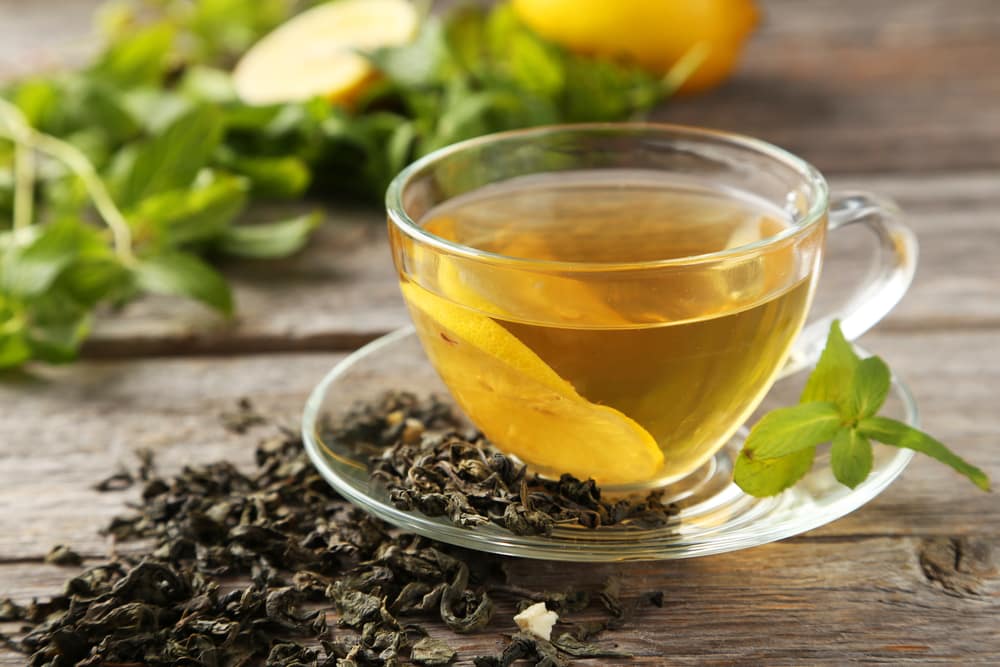
Tea is the second most-consumed beverage globally, but it is usually considered an unhealthy beverage, particularly when made with tea. However, there are some healthier tea varieties available in the market, such as Genmaicha vs. Green Tea. Both these teams are confused with each other, but we have mentioned all the details you need to know to differentiate between the two!
Comparing Genmaicha vs Green Tea
Genmaicha
Commonly known as brown rice tea, it’s a Japanese tea that’s a combination of green tea and roasted and popped brown rice. Many people call it popcorn tea since few rice grains pop when you roast the tea. Genmaicha was consumed by the poor Japanese people who had long breaks during meals, but people fasting for religious purposes would also consume this tea. Since the tea has rice, it adds starch and sugar to the tea, which results in full, warm, and nutty flavors.
Genmaicha is one of the most delicious teas and is great for people with stomach issues. When the tea is steeped, it achieves a light yellow color with a mild flavor. The tea has a fresh and grassy flavor, while the aroma of roasted rice adds a unique twist. In simpler words, the tea is based on green tea, but the preparation method is different. To illustrate, the water is boiled to over 185 degrees Fahrenheit, and the tea is brewed for three to five minutes, depending on how strong you want the tea to be.
This tea makes a great addition to a breakfast meal, or you can drink it any time of the day to gain some nutrition. The majority of brands use roasted sticky rice to add rich and nutty sweetness to the cup. For the most part, it achieves a golden color and creates a balanced cup of tea. However, some brands also add puffed rice. As far as green tea is concerned, sencha is used, which is harvested during the summer and spring season and has a flavorful taste palette.
Genmaicha is a great option for people who are on a diet without compromising on the pleasurable flavor. As far as the appearance is concerned, the tea has loose yellow and green leaves, which are combined with toasted brown rice to make a blend. When brewed, the tea achieves the toasty rice aroma, while the addition of sencha adds grassy and citrusy tones. Last but not least, it’s available in caffeinated as well as non-caffeinated forms.
Green Tea
Widely marketed as true tea, green tea is made from the tea plant leaves and is widely cultivated in Japan and China. It has become a globally acclaimed tea for the health benefits it offers. There is a wide variety of green teas available in the market, ranging from gunpowder to sencha and matcha to dragon well. All these varieties have a different flavor profile, but all of them are mellow. Green tea can be consumed in the form of tea or can be added to other drinks, particularly smoothies.
Depending on which variety of green tea you choose, the caffeine percentage ranges from 12mg to 75mg. The tea leaves are plucked from the Camellia Sinensis plant, which is an evergreen shrub. This plant is grown in cooler temperatures and at high elevations, which is one reason behind the soft and sweet flavor of the tea. The tea leaves are harvested by hand and are immediately preserved by heating. In most cases, they dry the leaves with steam.
The Japanese green tea is known for its strong grassy and vegetal flavor (it reminds many people of seaweed) along with the citrus notes. On the other hand, Chinese green tea has a mellow vegetal flavor with a higher sweetness level as well as floral, vanilla, nutty, and woody tones. Contrary to usual belief, green tea has caffeine, which is why you should consume it during the day.
Green tea can be consumed after the meal as it helps with digestion. The best thing about green tea is that you don’t need sugar, milk, or cream to make this tea, but a bit of lemon juice can improve the flavor of the tea. For the most part, the tea is brewed at 150 degrees Fahrenheit to 180 degrees Fahrenheit.